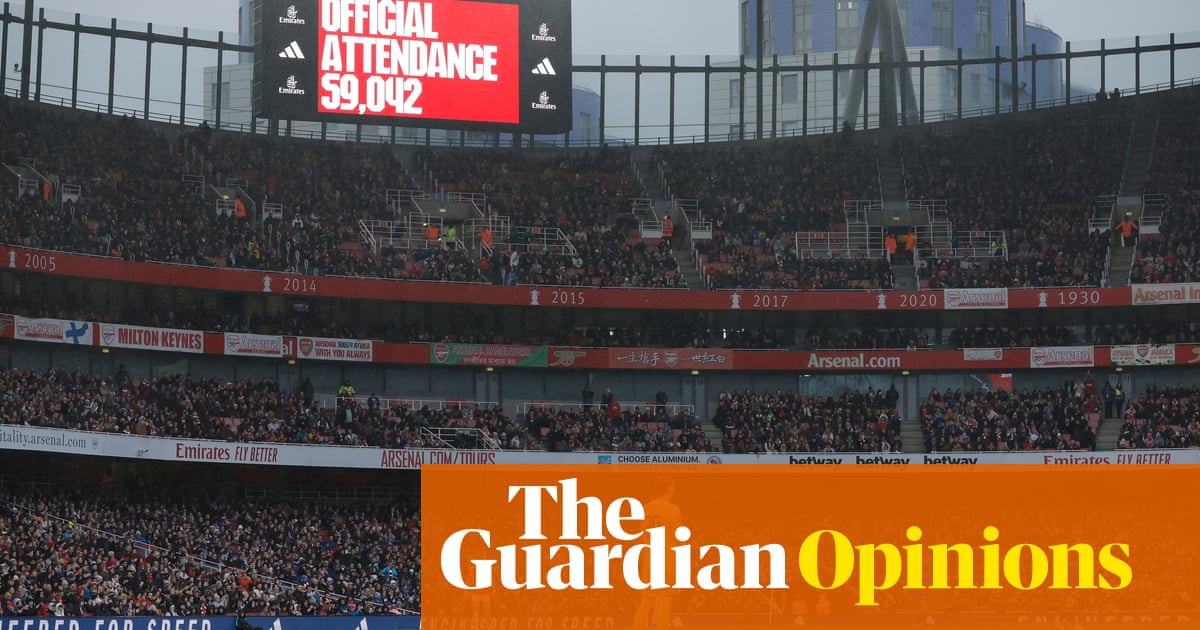
n 15 March last year, the Arcola in east London was one of the first major theatres to suspend all public performances in the wake of the coronavirus outbreak. With its two indoor stages closed, and both of them too small to enable viable socially distanced performances, executive director Ben Todd and his team began searching for a more Covid-friendly solution to resuming business. The answer? The great outdoors. In October, plans were unveiled for Arcola Outside, an open-air structure, including a stage and bar, seating about 80 people.
“That need to move outside was a way of saying, ‘Let’s do something proactive towards taking some control of our destiny,’” says Todd, “rather than sitting there praying for Covid to improve, [or] the government to allow us, and to hope that we can then suddenly move back indoors.”
The Arcola isn’t alone. Across the UK, theatre-makers are gearing up for a summer of outdoor shows, which are likely to be granted permission before indoor performances. Like the Arcola, some are starting from scratch. In the Suffolk woodlands, a new playhouse called Thorington theatre, housed in a second world war bomb crater, is under construction. Set to open in May, it will seat about 200 people with social distancing.
Plans for Arcola Outside, on a derelict site near the Arcola’s main theatre, are due to be submitted to Hackney council this week. Designed by Jon Bausor, who worked on the opening ceremony for the 2012 Paralympic games, the proposals are a reflection of the Covid-19 era. The aisles and seating are spaced to allow for social distancing, while a gap between the roof and walls will keep air flowing through. (The Arcola is separately collaborating with scientists from Imperial College to explore air quality in performance spaces, and how this affects transmission of viruses.) The outdoor stage is supported by the government’s culture recovery fund and a crowdfunder, which has raised £70,000 so far.
Deputy artistic director and executive producer Leyla Nazli hopes that Arcola Outside will open by late June, along with a Hackney-wide outdoor festival, depending on the planning application and government restrictions. The pop-up construction will be used for three years, she says. “For a long time, people will be afraid to go indoors. Even if the vaccination works, I think people will be wary of being in a closed environment,” says Nazli.
With indoor playhouses shuttered over summer last year, it was up to the open-air veterans to wave the flag for live theatre, from the Minack in Cornwall to Regent’s Park Open Air theatre in London. For arts organisations used to staging work outside, the benefits were clear well before the pandemic. In Grimsby, The Culture House has delivered a mixture of outdoor and indoor arts across north-east Lincolnshire since 2010. In recent years, the company has increased its outdoor work. As director Charlotte Bowen says, this move was key to reaching people in Grimsby, an area of low arts engagement.
“Outdoor arts is more accessible because it’s in democratic open spaces,” says Bowen. “So it removes the barriers to engagement, which historically have been people not thinking something is for them, [or] that they can’t afford it.”
The Culture House is planning a free outdoor festival in Grimsby this year, themed around green spaces, in partnership with Without Walls, a consortium aiming to raise the profile of the outdoor arts sector. “Covid has emphasised that need for connectivity, and outdoors is a place where that can happen,” says Bowen. What advice does she have for others wanting to go open-air? “See what networks you can join, and get talking to colleagues across the country,” she says.
The east London-based organisation Certain Blacks, which supports artists from diverse backgrounds, is also working with Without Walls to deliver a free-to-watch outdoor programme in 2021, based in Newham. Because of Covid-19, Certain Blacks shelved many of its indoor plans last year. However, it went on to curate Newham Unlocked, a festival with live-streamed and outdoor elements. Artistic director Clive Lyttle says this paved the way for more outdoor events, as his organisation adapted to the pandemic. “It was the opportunity to do [Newham Unlocked] that shifted a lot of work outdoors, and it was the only way we could have done a festival of that nature,” he says.
Moving outside, he says, “gives us a safety of planning. We’ve got more idea that things may happen.” There are challenges, he says, both financially and when it comes to retaining an audience. “When you’re in a theatre, you’ve paid for your ticket and it’s noticeable if you get up and leave. Whereas, when you’re performing outdoors, the audience can just drift.”
Lyttle believes the boom in outdoor arts could continue after the pandemic. “It’s a good way of reaching new audiences or getting existing audiences back out to see work,” he says. “I’m a big advocate for outdoor arts anyway. It’s a democratic way of presenting art. That’s one of the things about being able to perform in areas where people don’t usually go to theatres.”












